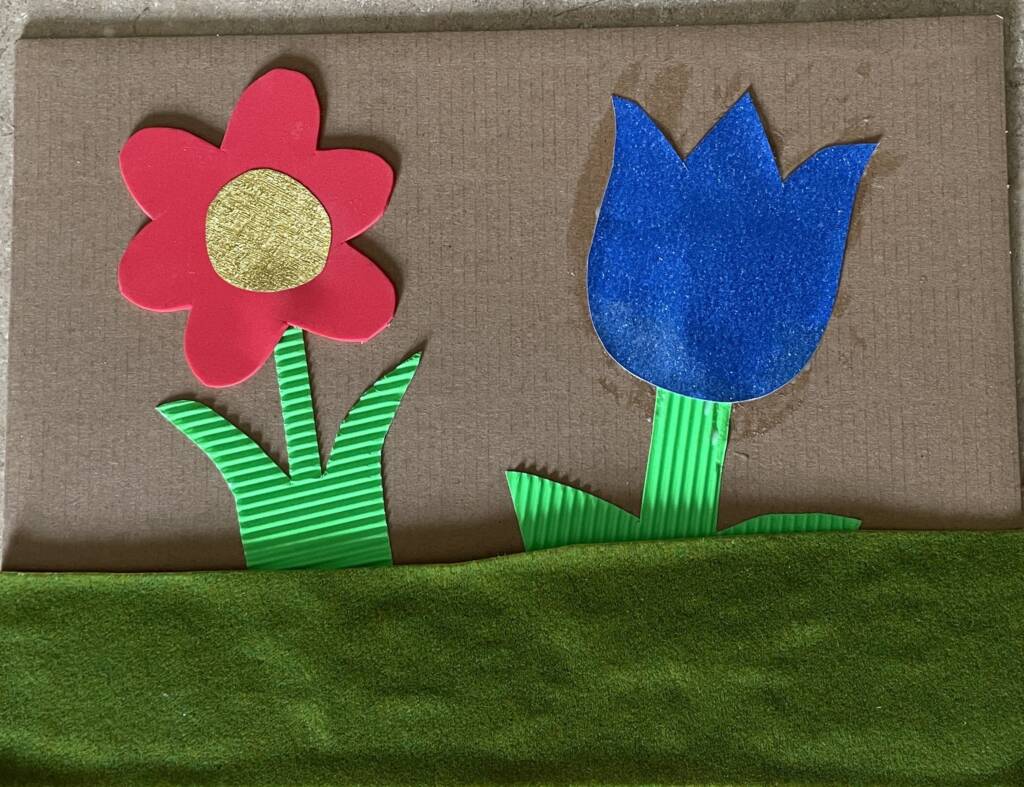When students are learning about prepositions in their language arts classes, they mostly rely on concepts that they have experienced visually. Students can see the pencils beside the books on the desk in the classroom. To assist students with visual impairments, I adapted a method that I previously used in my French classroom.
In my French textbook, there would be illustrations showing a cat under the chair, on a table, near a door, etc. with the French word printed next to it. I would supplement this activity by placing a book (or other item) on the desk, in the box, beside the pencils, etc. while saying the phrase in French. Then in French, I would ask the students to place their textbooks under the desk, on their desk, in their book bag, etc. This same concept would work with students with visual impairments. If a teacher would sit down with a student and give him or her examples of an item being in, on, under, or behind another object, the student can model the concepts and learn their prepositions through these demonstrations. Although this strategy would be more effective with younger children, it could also be used with older students to help reinforce prepositions in their foreign language courses. It could be used in the ELL classroom too.
Materials
- A list of targeted prepositions
- A small stuffed animal or favorite toy
- Two baskets
Procedure
- Give a basket to the student with the stuffed animal inside of it. Tell the student that the dog is IN the basket and let him or her find the stuffed animal inside of it.
- Take the stuffed animal out of the basket and ask the student to put the dog back IN the basket. Repeat this action several times. This also introduces OUT.
- Once you feel a student has an understanding of IN/OUT, you can move on to UNDER by flipping the basket over on top of the stuffed animal. Ask the student to find the stuffed animal UNDER it. Again, repeat this several times.
Repeat this procedure for other prepositions.
Ex. “The stuffed animal is BY the basket, is BEHIND the basket, IN FRONT of the basket, OUT of the basket etc.” Make sure that you have two baskets so that you can demonstrate BETWEEN the baskets, etc.
- As you are moving through the preposition list, be sure to review the previous ones as you go and give multiple commands.
Ex. “Please remove the stuffed animal from UNDER the basket, place it ON the basket, and then put it IN the basket.”
Variations
- Use a toy or another item in place of the stuffed animal/favorite toy to introduce or to reinforce additional vocabulary.
- Have a group of items and ask the student to pick a specific item to use in the activity. The student would have to rely on his or her tactile discrimination skills to do so.
- Instead of baskets, you could use boxes, bowls, etc.
- A list of prepositions in braille could be added at a later time so the student can make a connection between the word and its usage.
- The lesson could be taught in conjunction with a children’s book. (You may have to find other appropriate stuffed animal and/or items that would compliment the story.)




